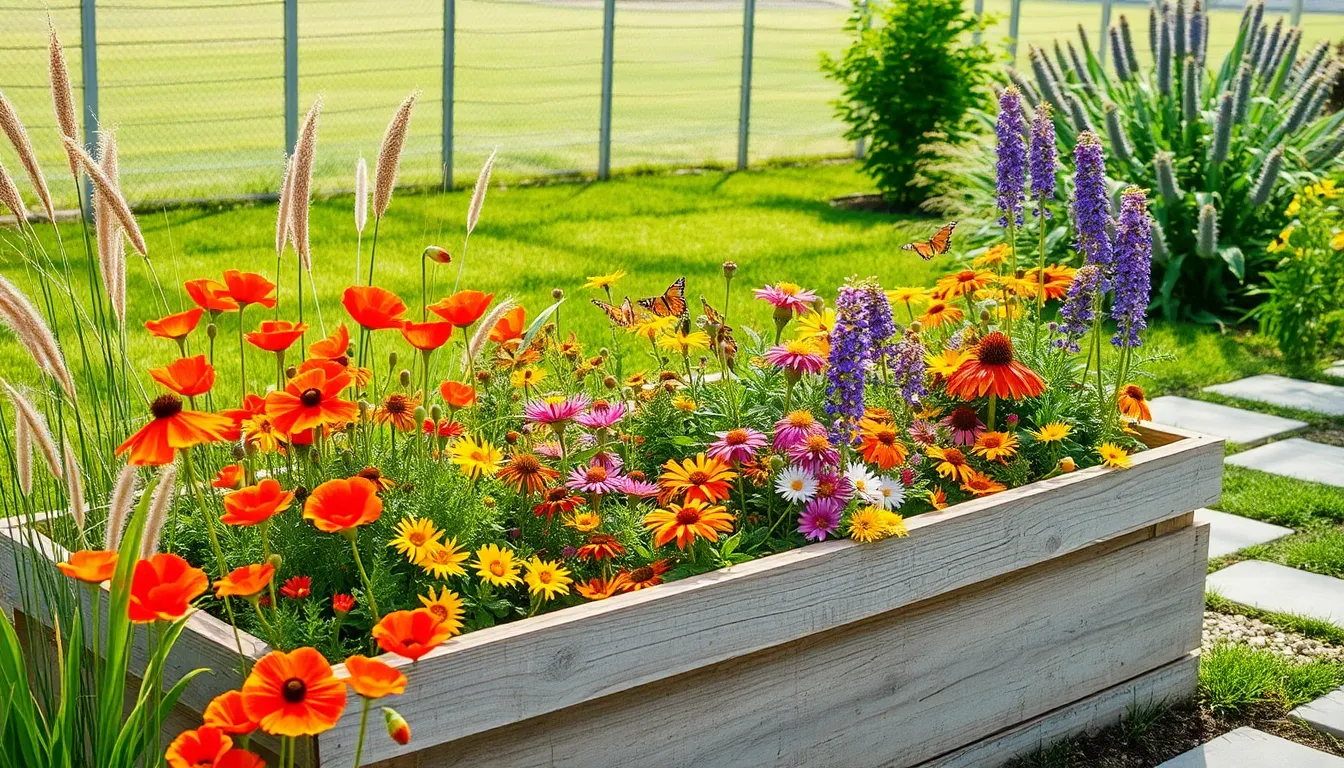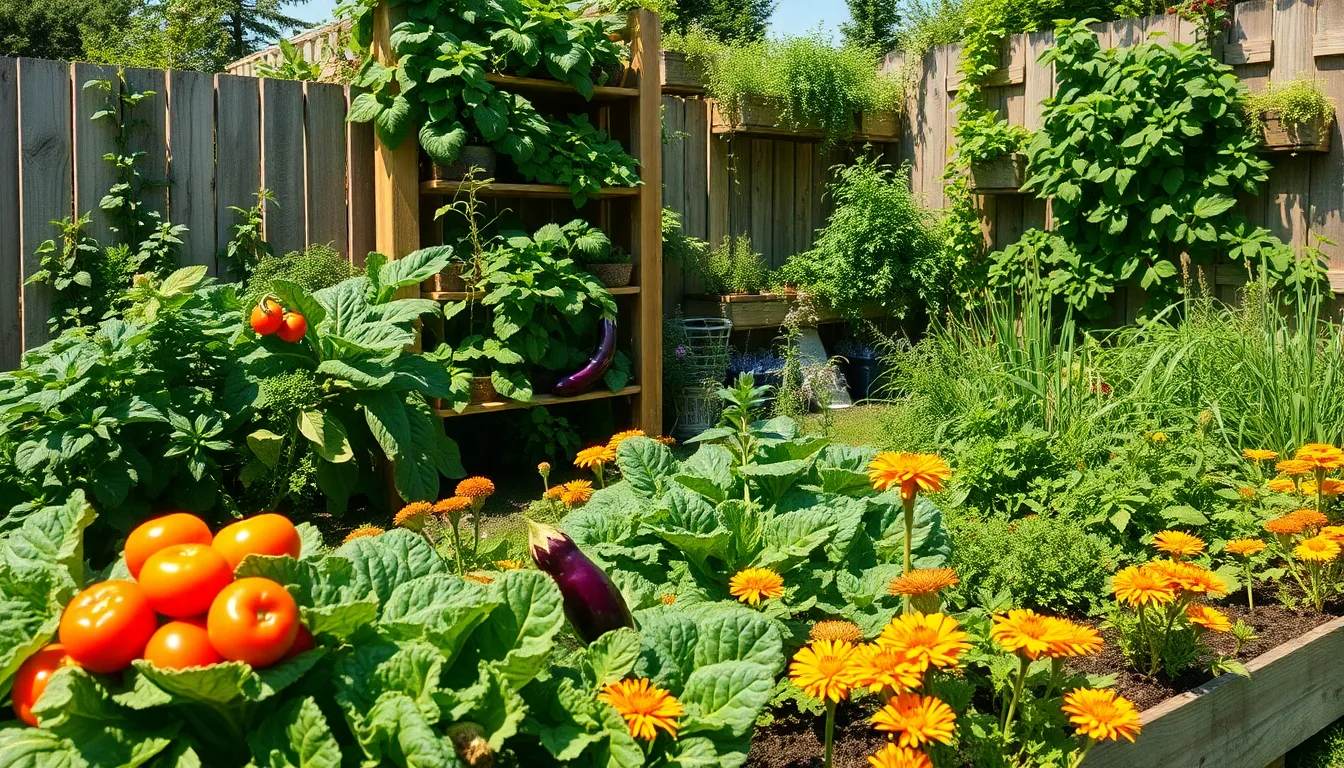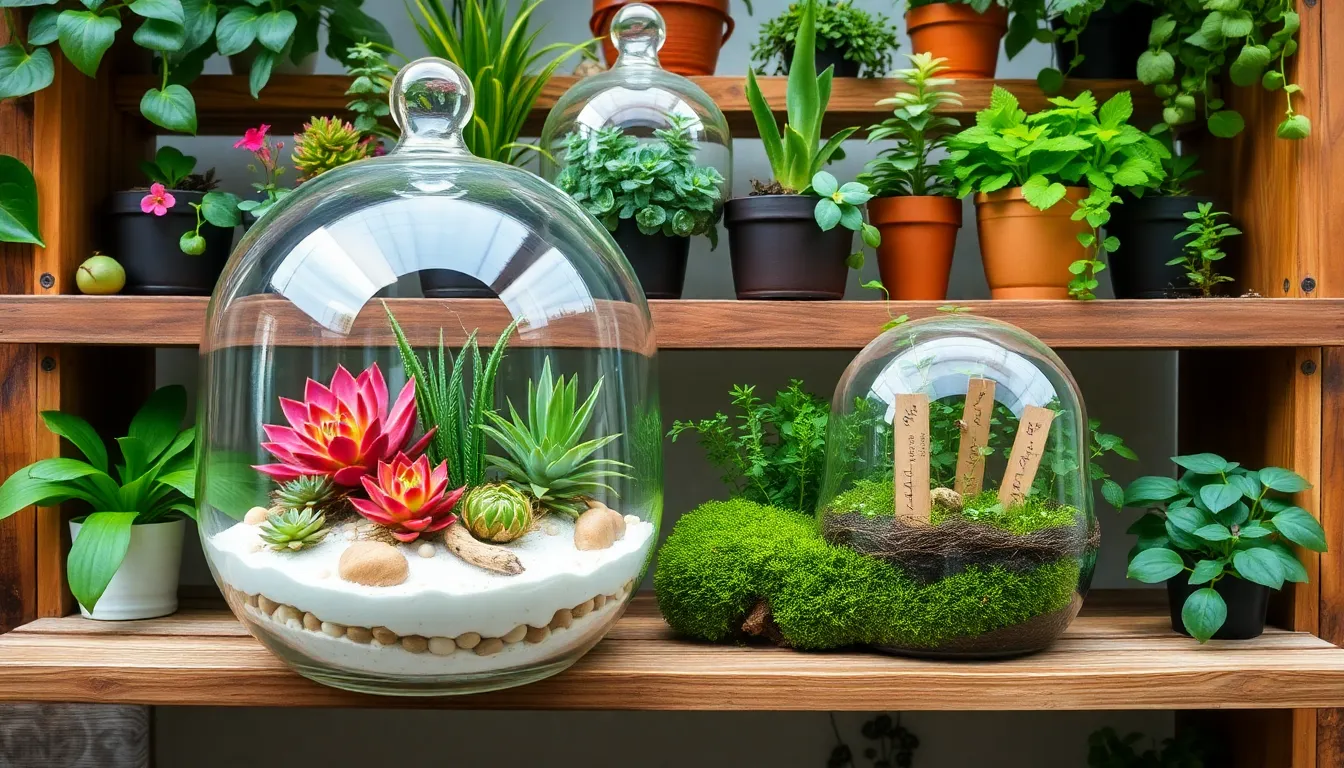There’s something undeniably enchanting about a meadow of wildflowers swaying gently in the breeze. Whether you’re new to gardening or have a seasoned green thumb, cultivating wildflowers in your backyard invites a vibrant splash of color and life to your outdoor space, fostering a mini-ecosystem that benefits both you and the environment. As you embark on this delightful gardening journey, you’ll discover that growing wildflowers is not only a celebration of nature’s beauty but also a practical way to support pollinators like bees and butterflies, crucial allies in our gardens.
In this article, we’ll guide you through the essentials of transforming your backyard into a blooming haven of wildflowers. From selecting the right seeds to understanding soil conditions and mastering the art of sowing, you’ll gain the confidence to nurture your wildflower garden with ease. Whether you wish to create a serene refuge or a lively burst of color, you’ll find actionable tips and insights suited to your gardening experience. Get ready to dig your hands into the earth and witness firsthand the magic of wildflowers flourishing in your very own backyard.
Select Suitable Wildflower Seeds
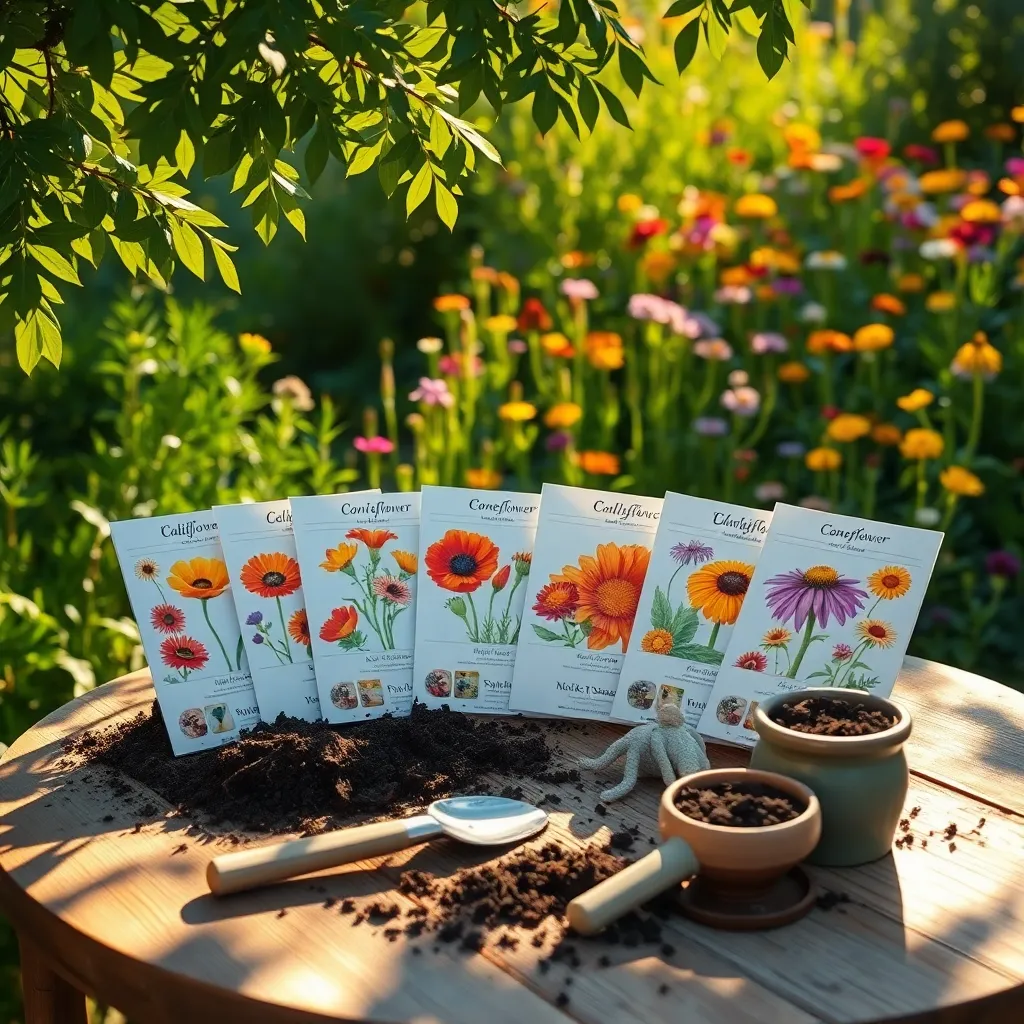
Choosing the right wildflower seeds is crucial for ensuring a thriving wildflower garden. Consider your climate and soil type when selecting seeds, as different species have varying requirements.
For gardeners in areas with long, hot summers, opt for drought-tolerant varieties like California poppies or black-eyed Susans. Those in cooler, temperate regions might succeed with species such as cornflowers and forget-me-nots, which prefer milder conditions.
It’s important to pay attention to whether the chosen seeds are annuals, biennials, or perennials, as this affects how long they will last in your garden. Annuals provide vibrant color quickly but will need to be replanted each year, while perennials take longer to establish but return year after year.
Consider creating a mixed seed packet tailored to your yard’s conditions, combining different species to extend the blooming period. This approach not only enhances biodiversity but also ensures that you have a variety of flowers blooming at different times, creating a dynamic and ever-changing display.
Prepare Soil for Planting
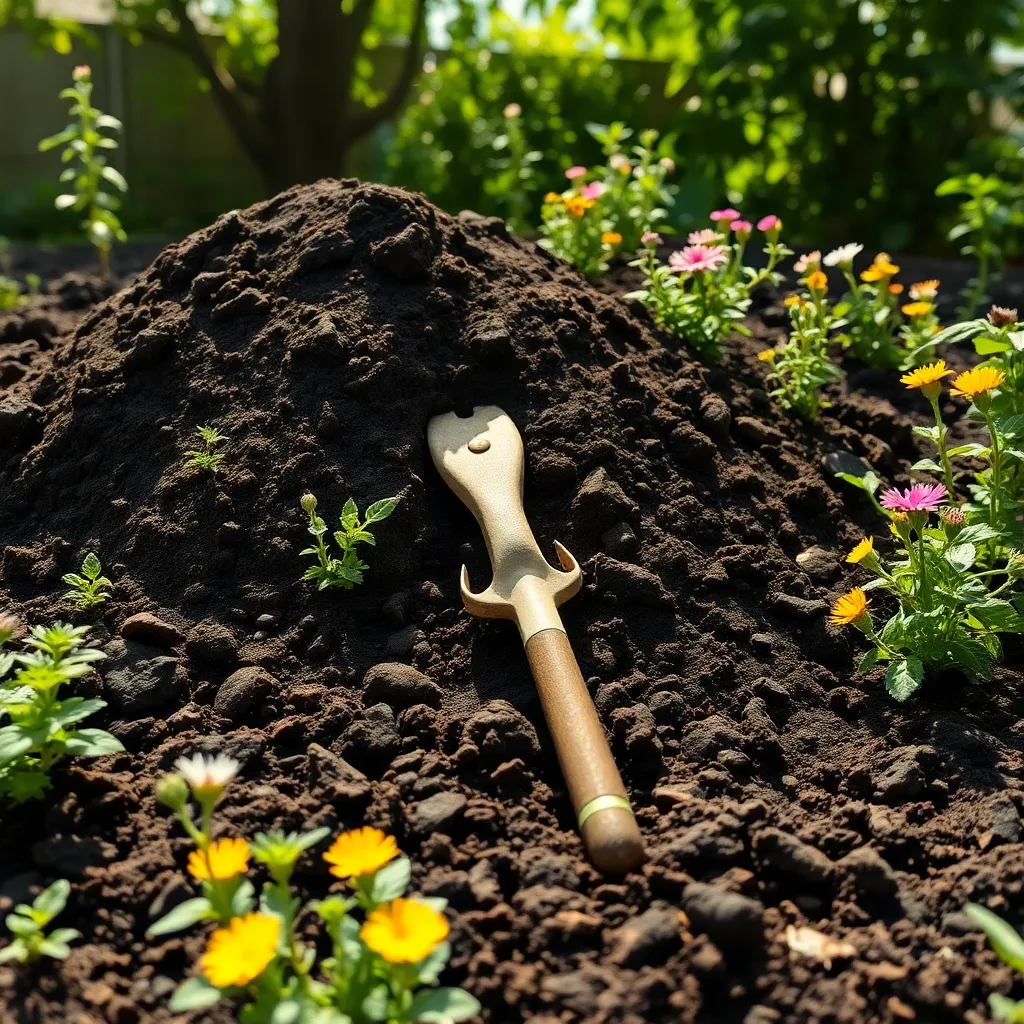
Before planting wildflowers, it is essential to prepare the soil properly for optimal growth. Begin by clearing the area of any existing vegetation, including weeds and grass, to give your wildflowers the best start possible.
Next, loosen the soil to a depth of about 12 inches using a garden fork or tiller. This step ensures that the roots of your wildflowers can penetrate the soil easily and access necessary nutrients.
Testing the soil pH is crucial, as most wildflowers thrive in slightly acidic to neutral soil with a pH of 6.0 to 7.0. You can purchase a simple soil test kit from a garden center to check and adjust the pH if needed.
Adding organic matter such as compost or well-rotted manure can significantly enhance soil fertility and structure. Spread a layer of organic matter about 2 inches thick over the soil surface and incorporate it thoroughly.
For advanced gardeners, consider incorporating a layer of mulch to help retain moisture and suppress weeds after the seeds are sown. This not only conserves water but also provides a more consistent environment for seed germination.
Sow Seeds Evenly and Sparsely
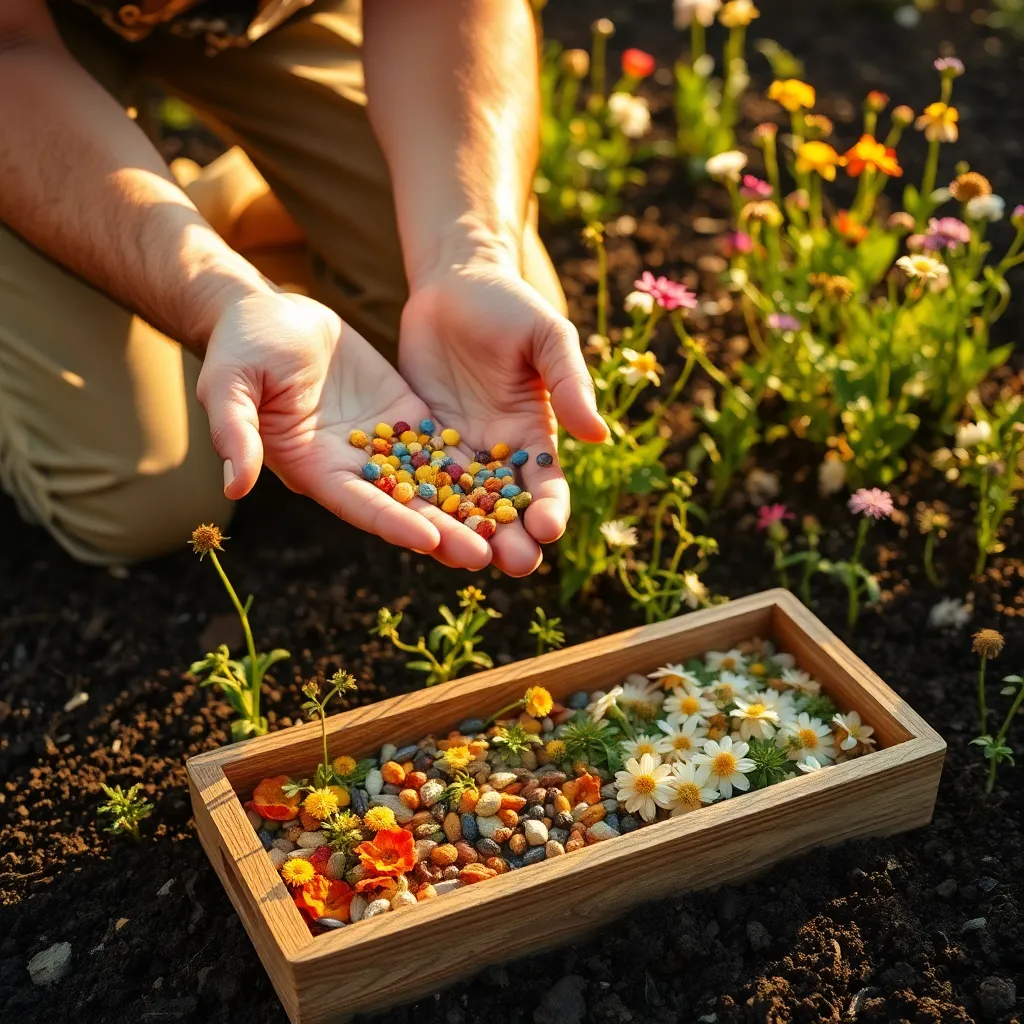
After preparing your soil, it’s crucial to sow seeds evenly and sparsely to ensure healthy plant growth. Begin by mixing your wildflower seeds with a carrier substance like sand or vermiculite, which helps distribute the seeds more uniformly over the soil surface.
Scatter the seed mixture gently over the prepared soil, aiming for a distribution that mimics nature’s own scattering methods. Try to maintain a light touch to avoid clumping, which can lead to overcrowding and competition for resources among seedlings.
For best results, consider using a broadcast spreader, especially if you’re working with a large area. This tool ensures a more even distribution and can help you cover more ground with less effort, making the job both quicker and more efficient.
Once the seeds are in place, lightly press them into the soil using your hands or a flat board to ensure good seed-to-soil contact. Avoid burying the seeds too deeply, as wildflower seeds often need light to germinate; a light pressing is usually sufficient.
Water Gently and Consistently
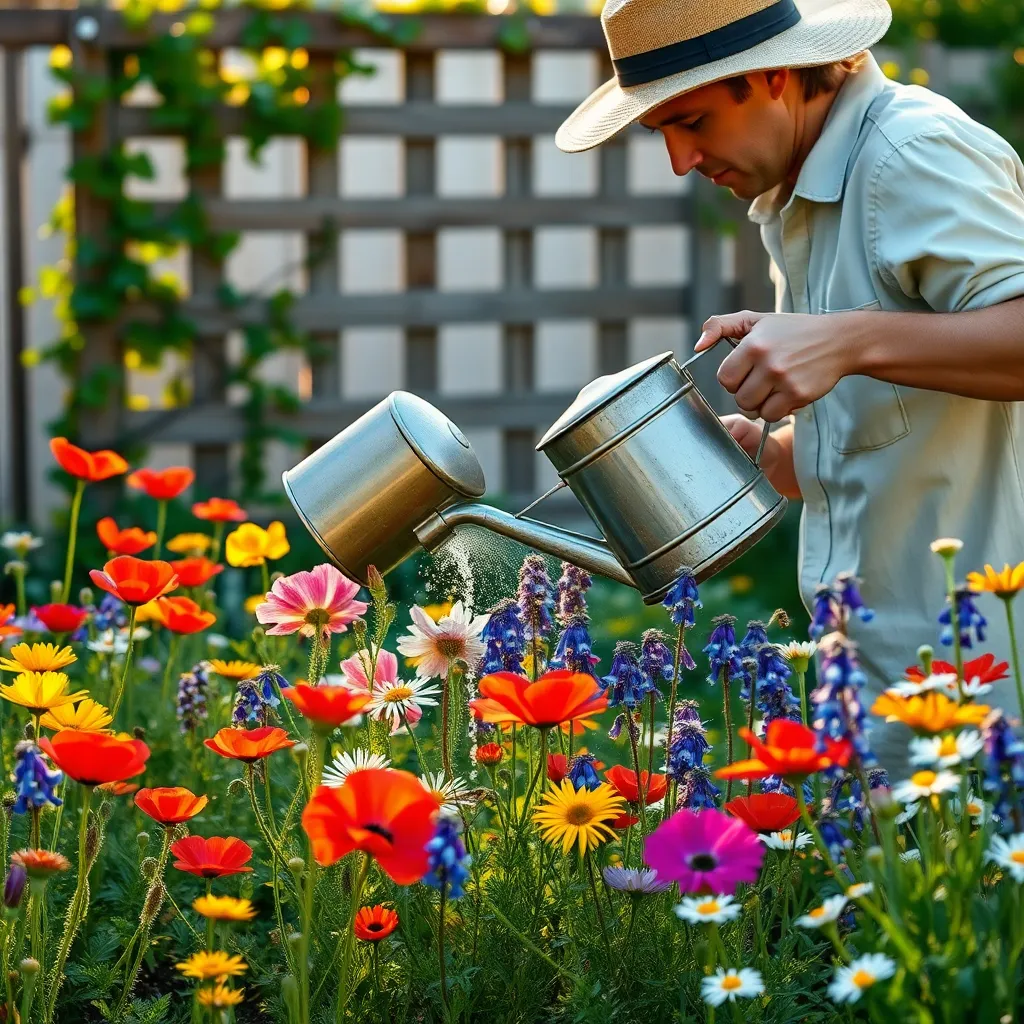
The key to successfully growing wildflowers is to water them gently and consistently. Begin by watering the seeds right after planting, using a fine spray nozzle to avoid washing them away.
Wildflowers prefer soil that is evenly moist but not waterlogged, so it’s crucial to strike the right balance. Check the soil moisture daily, especially during the germination period, by sticking your finger about an inch into the soil.
Once your wildflowers are established, they typically require less frequent watering, as they are known for being drought-tolerant. However, during prolonged dry spells, providing a deep watering once a week can help maintain their vigor.
Avoid overhead watering, which can promote fungal diseases; instead, aim to water at the base of the plants. For advanced gardeners, installing a drip irrigation system can ensure your wildflowers receive consistent moisture without overwatering.
Monitor Growth and Manage Weeds
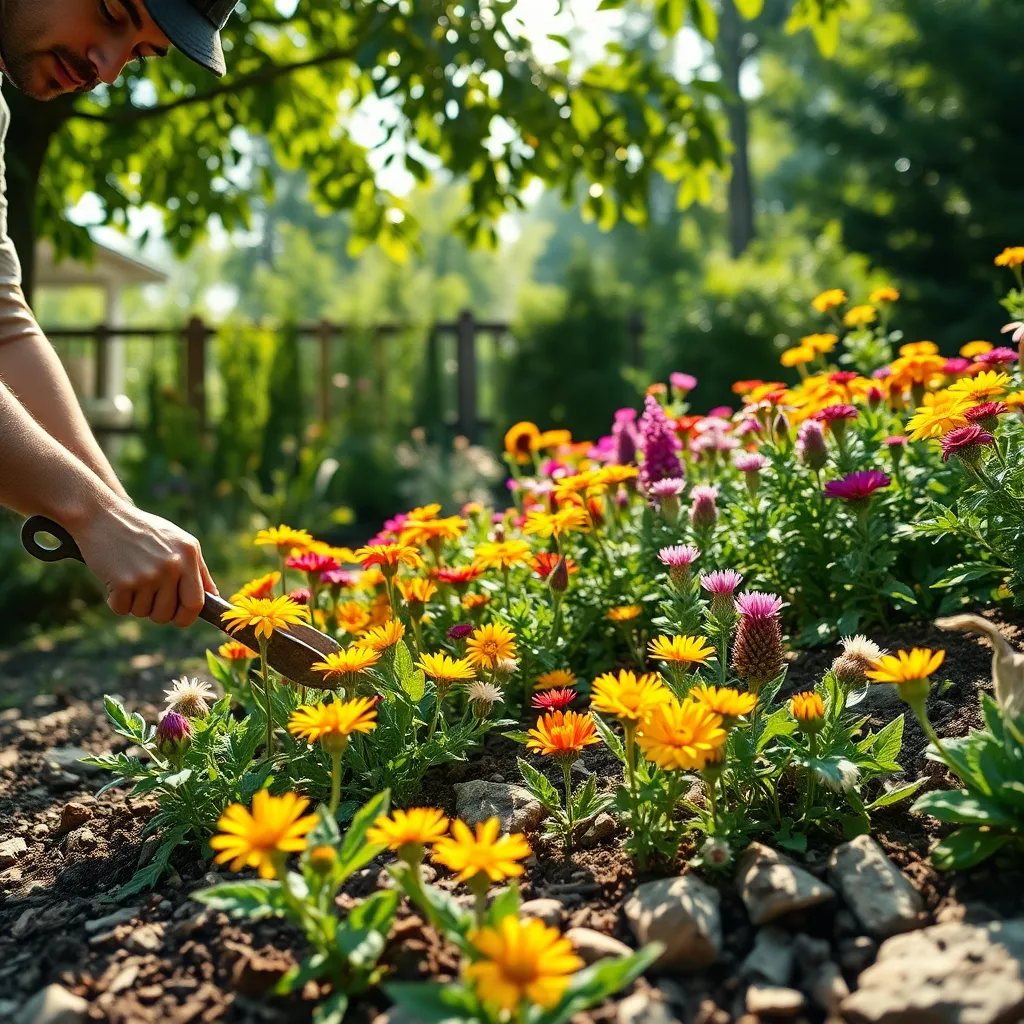
As your wildflowers begin to grow, it’s essential to monitor their progress regularly. Take note of any changes in their appearance, as this can indicate whether they need more water, nutrients, or adjustments in sunlight exposure.
Keep an eye out for any signs of stress, such as wilting or discoloration. These symptoms can often be remedied by adjusting watering schedules or ensuring that your flowers have the correct soil mixture, typically a well-draining, sandy loam.
To manage weeds effectively, start by identifying them early. Pulling weeds before they set seed can prevent them from spreading throughout your wildflower patch.
Use mulch to suppress weeds while also retaining soil moisture. Organic mulches, such as straw or shredded leaves, are excellent choices as they slowly decompose, adding nutrients to the soil.
For an advanced approach, consider adding a ground cover plant that complements your wildflowers. These plants can outcompete weeds for resources without disturbing the growth of your wildflowers.
Conclusion: Growing Success with These Plants
As we explored the vibrant world of wildflowers, we discovered five key relationship concepts that are as nurturing as they are transformative: cultivating patience, embracing diversity, nurturing growth through attention, understanding the importance of a strong foundation, and celebrating the beauty of resilience. Each concept parallels the journey of tending to both wildflowers and relationships, reminding us of the continuous care and dedication they require.
Now, I encourage you to take an immediate step towards nurturing your own relationships. Choose one concept that resonates most with you and apply it today—whether it’s by listening more attentively or appreciating the unique qualities of those you love. This small act can begin a ripple effect of growth and understanding.
To ensure these insights remain a guiding light in your relationship journey, save or bookmark this article. Let it be a resource you revisit whenever you seek inspiration or guidance.
Looking ahead, remember that successful relationships, like flourishing gardens, are built over time with mindful care. Empower yourself with these principles, and watch your connections blossom into something truly beautiful and enduring.

